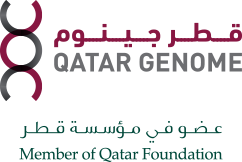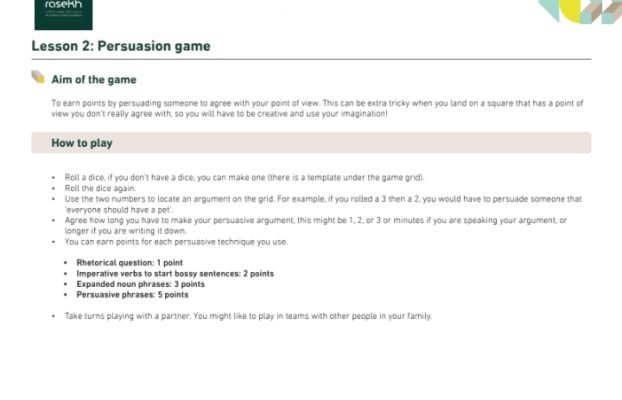Breed Identification of Camels
Breed Identification of Camels
-
Precision Health
-
Resource Plan
-
SDG 9: Industry, Innovation and Infrastructure
-
12 - 13, 13 - 14 years
-
Life Sciences
-
Resource ID: 10447
- Share Feedback Embed Resource

Learning Outcomes:
Learners describe, explain and interpret the characteristics, structures and interactions of a theme, group, project or organization related to Glocalization.
Learners use their awareness of their own strengths and areas of growth in their understanding of localization.
After working through the activities:
- Students will be able to define the word “characteristic”.
- Students will develop their knowledge relating to DNA.
(Structure of the DNA molecule, the rules of base pairing, information stored within the DNA molecule in the form of a sequence of chemical bases, each referred to by the first letter of its name (A, T, C and G).
- Students will be able to identify the factors that affect their traits.
- Students will be able to understand how genes are used.
- Students will develop new laboratory skills by working collaboratively with Qatar Genome.
- Students will develop their cognitive skills by:
• Using and applying their knowledge.
• Observing and collecting data carefully.
• Analyzing and interpreting the results to reach adequate conclusions.
Learners describe, explain and interpret the characteristics, structures and interactions of a theme, group, project or organization related to Glocalization.
Learners use their awareness of their own strengths and areas of growth in their understanding of localization.
After working through the activities:
- Students will be able to define the word “characteristic”.
- Students will develop their knowledge relating to DNA.
(Structure of the DNA molecule, the rules of base pairing, information stored within the DNA molecule in the form of a sequence of chemical bases, each referred to by the first letter of its name (A, T, C and G).
- Students will be able to identify the factors that affect their traits.
- Students will be able to understand how genes are used.
- Students will develop new laboratory skills by working collaboratively with Qatar Genome.
- Students will develop their cognitive skills by:
• Using and applying their knowledge.
• Observing and collecting data carefully.
• Analyzing and interpreting the results to reach adequate conclusions.
Resource Publisher
Qatar Genome
Qatar Genome Programme (QGP) is a population-based research project that aims to study the genetic makeup of the Qatari population with the aim of introducing precision medicine and personalized healthcare. Its large-scale genomic research, based on data collected by Qatar Biobank, has made Qatar one of the few countries in the world conducting research of this nature.










